As readers of this blog know, I’m a little obsessed with art history books, both fiction and nonfiction, and there have been quite a few good ones lately. I just took a stack to my painting class and passed them around. Here’s your chance to find out my recent art history reading recs too.
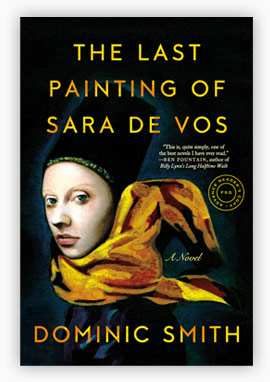 The Last Painting of Sara De Vos by Dominic Smith (Farrar, Straus and Giroux, April, 2016). Haven’t heard of it yet? You will. It was named a New York Times Editor’s Choice, earning this fabulous review from the New York Times.
The Last Painting of Sara De Vos by Dominic Smith (Farrar, Straus and Giroux, April, 2016). Haven’t heard of it yet? You will. It was named a New York Times Editor’s Choice, earning this fabulous review from the New York Times.
This novel is a mix of your favorite art history novels, but it’s still uniquely its own. It blends themes from The Goldfinch (with fast-paced suspense, a mysterious art theft and its grasp of what power a painting can have over its beholders), The Girl With a Pearl Earring (in its gorgeous, tender depiction of painters in 1600s Holland) and The Art Forger (fascinating passages about forgery techniques; insightful consideration of the psychological effects on an artist who uses her skills to commit artistic fraud).
To summarize, an art history grad agrees to “copy” a valuable but lesser known Dutch painting, At the Edge of a Wood by Sara de Vos (an imaginary painting by a real artist), knowing full well that it is probably going to be used as a forgery. The original is stolen and replaced with the copy. Decades pass. The art forger is now a respected curator and art historian specializing in female Dutch painters of the Golden Age, and when she mounts an exhibition, both the original and her forged copy of At the Edge of a Wood arrive on loan to the art museum. Which one is real? How can you tell? Will the curator’s shameful secret be revealed and her career destroyed? And what about the woman who painted it so many centuries ago?
I especially appreciated the author’s enlightened approach to the psychological evolution of the female characters. (Is it relevant that the author is a man? Does that make it more of a writerly/moral accomplishment — or is that lowering the bar for men? Discuss amongst yourselves.) Too often in historical fiction, whether the author is male or female, women become powerless pawns in service of plot, or victims of gender-based restrictions. While it might be true to the period, it can make for dull, uninspired reading. And yet, to give a historical female character too much agency can feel false and anachronistic.
In The Last Painting of Sara De Vos, Dominic Smith manages to capture the truth of the historical era without sacrificing the depth of female character development. Seriously, I almost stood up and cheered at the end when I learned the full story of the last painting of Sara De Vos. So bravo to the author for pulling that off.
In addition, the author has a wonderful website you really need to visit to check out such things as: How to Forge a 17th Century Dutch Painting and “Forgeries and Figments.”
Very highly recommended.
I just burned through The Improbability of Love by Hannah Rothschild (Knopf, November 2015). I just love the U.S. cover — very clever turning palette into a heart, don’t you think? I’m pleased to recommend it as another suspenseful art history novel.
Once again we have an imaginary painting (“The Improbability of Love“) by a real artist, this time a French Rococo painter from the 1700s, Antoine Watteau. Check out the author’s website where she answers the question, Why Watteau? A young chef named Annie McDee stumbles upon the painting in a second-hand shop where no one knows its true value. Annie buys is for a song, and then curious, begins to research its provenance.
The fun part of this book — a really clever move, if you ask me — comes when the painting speaks for itself. He has a distinctive voice, funny and full of insult and injury about the state of his neglect. As the painting says in his first turn to speak:
I knew I’d be rescued but never thought it would take fifty years. There should have been search parties, battalions and legions. Why? Because I am priceless and I am also the masterpiece that launched a whole artistic genre. And if that isn’t enough, I am considered to be the greatest, the most moving, and the most thrilling representation of love.
. . .
Imagine being stuffed away in a bric-a-brac shop in the company of a lot of rattan furniture, cheap china and reproduction pictures. I would not call myself a snob but there are limits.
In addition to the droll little quips from the painting, you have Russian oligarchs, greedy art dealers, clueless art experts and a Nazi art hoarder who has tried to cover up his past. Not all of these elements work, and some of the characters just clutter up the less-than-perfect plot. Nevertheless, I truly enjoyed the passages about the cleaning and restoration of the painting as well as the research into its provenance. The plot is suspenseful, and you’re never sure whether Annie will be able to keep the painting safe from the many interested parties who would do anything, pay anything, to lay claim to it.
Recommended.
Another art history novel I’m really excited about is Georgia, A Novel of Georgia O’Keefe by Dawn Tripp. I am hoping my Chicago book club will read it this summer, paired with a visit to O’Keefe’s work at the Art Institute of Chicago.
We all know Georgia O’Keefe from her later years as a painter of the Southwest. Maybe you’ve even been to the Georgia O’Keefe Museum in Santa Fe. I knew that O’Keefe was born in Wisconsin and studied at the Art Institute of Chicago, but then what? Hmmm, wasn’t there something about an affair with a New York photographer?
Dawn Tripp’s novel begins in New York City in 1916, the year Georgia O’Keefe meets Alfred Stieglitz, “the father of modern photography.” Stieglitz and O’Keefe form a passionate partnership as lovers and fellow artists. Tripp was lucky enough to have access to the recently released letters between O’Keefe and Stieglitz as she wrote the book (they’d been kept under seal for 25 years after O’Keefe’s death in 1986). All of those powerful, tumultuous scenes between her characters are the real deal. As Tripp has said herself, “their love affair was a loaded one: Ambition. Desire. Sex. Love. Fame. Betrayal. A search for artistic freedom.”
This story is about a woman’s fight to create and retain her own artistic identity. Stieglitz wants to control her but she’ll have none of it, even after their marriage. O’Keefe fiercely guards her independence and insists having “a room of her own.” (The key to any artist’s happiness, right?) In the end, O’Keefe’s “room of her own” was her home and studio in Santa Fe, New Mexico, where she spent over 50 years of her life. In charge of her own life and art.
The author’s website is worth a visit if you’re interested in learning more about Georgia O’Keefe, including a fabulous Book Club Kit I plan to use myself.
Very highly recommended.



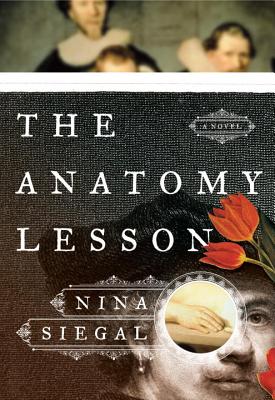
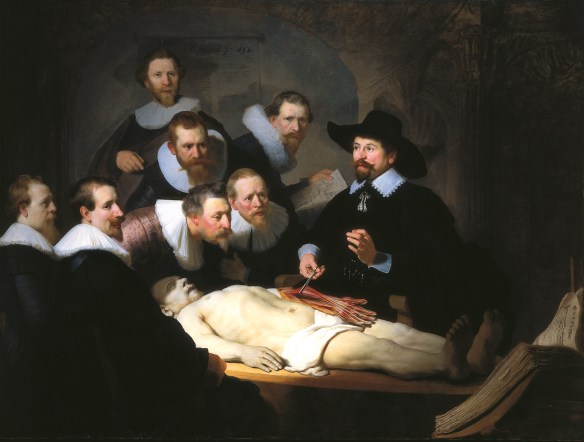

























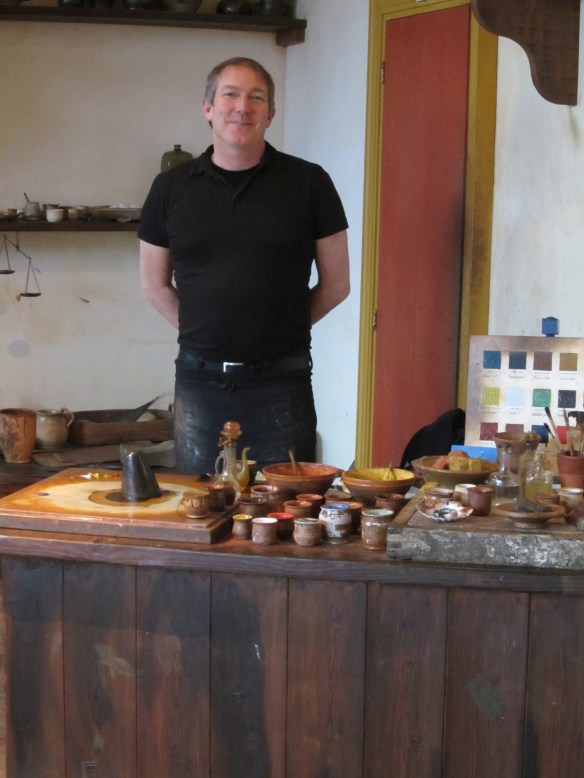
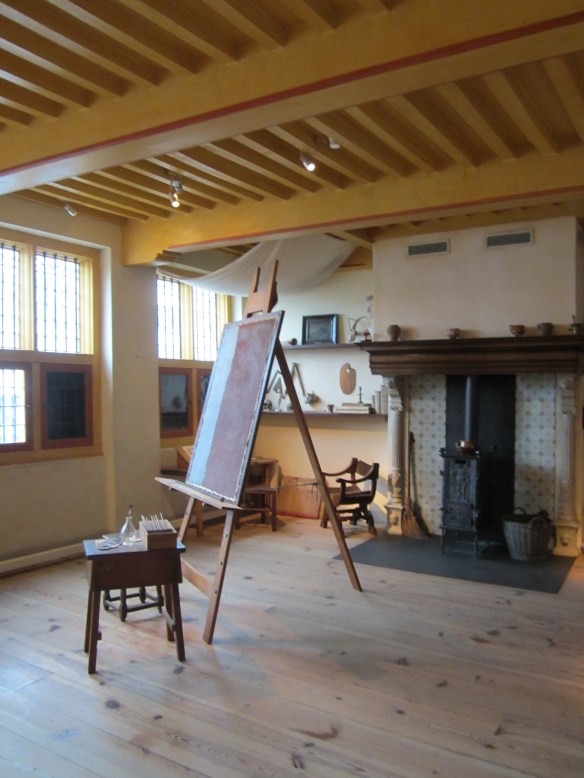

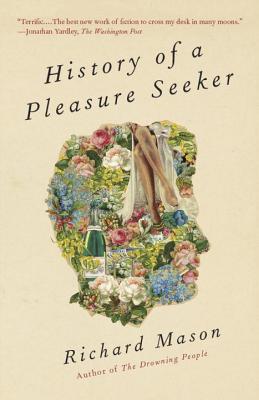
You must be logged in to post a comment.